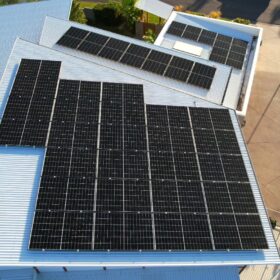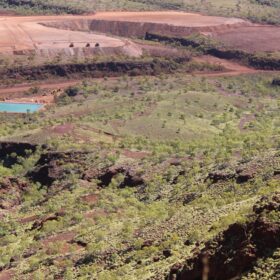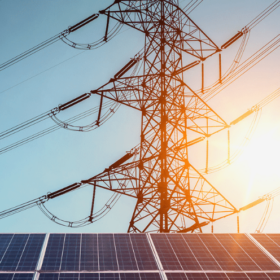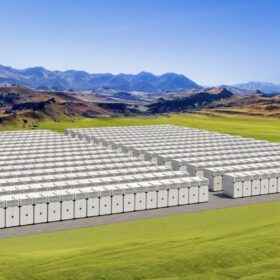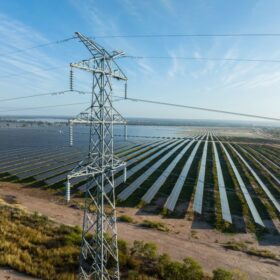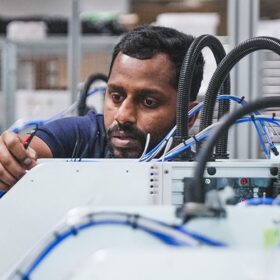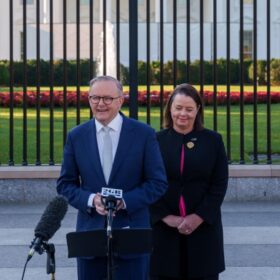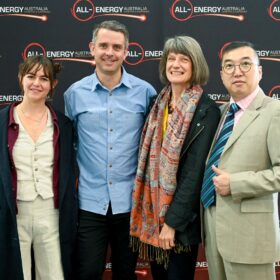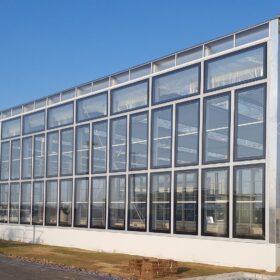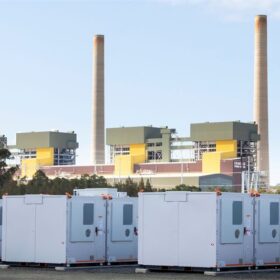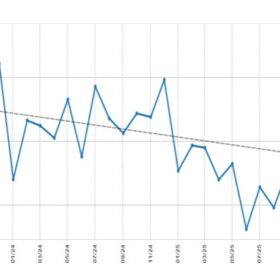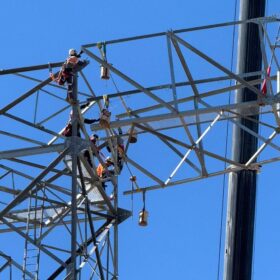CEC announces solar design and installation award winners
A 17.6 kW battery hybrid solar system installed on a three-level home overlooking the central Queensland coastline has earned installer Solpac Energy Solutions top honours in this year’s Clean Energy Council Solar Design and Installation Awards.
First Nations lead clean energy initiatives beyond Juukan Gorge
Many of the big wind and solar farms planned to help Australia achieve net zero emissions by 2050 will be built on the lands and waters of First Nations peoples. More than half of the projects that will extract critical minerals to drive the global clean energy transition overlap with Indigenous-held lands.
Revived SEC targets 4.5 GW of renewable generation and storage
Victoria’s State Electricity Commission is officially back as an active energy market participant with the state government revealing the publicly owned enterprise will invest an initial $1 billion (USD 630 million) to help fast-track the delivery of 4.5 GW of new renewable energy and storage projects.
Acciona, Stanwell ink offtake deal for 380 MW Aldoga Solar Farm
Stanwell Corporation has signed a long-term offtake agreement with Spanish renewable energy developer Acciona Energia to purchase 100% of the output from the proposed Aldoga Solar Farm to power a 3 GW green hydrogen project being developed near Gladstone on the central Queensland coast.
Powin and Hitachi Energy form strategic alliance for power control systems
Hitachi Energy will take majority ownership in eks Energy, a power electronics and energy management solutions provider.
Queensland to legislate public ownership of energy assets, renewables targets
Queensland’s transition from a reliance on coal-fired power to renewables has taken a step forward with the state government tabling a new bill in parliament that locks in its commitments to public ownership in the energy system and renewable energy targets.
Applications open for Victorian renewables manufacturing program
Applications are open for grants of up to $750,000 (USD 479,000) under a new Victorian government program that aims to support Victorian manufacturers to be part of the growing renewable energy supply chain and boost the production of renewable energy products and components.
Albanese announces $2 billion boost to critical mineral financing
The Australian government has doubled the amount of federal financing available for critical minerals projects to $4 billion (USD 2.56 billion) as it looks to shore up supply chains with the United States, deliver on emissions reduction targets, and build clean energy industries.
pv magazine team in town for All-Energy Australia 2023
With the All-Energy Australia 2023 exhibition and conference commencing in Melbourne today, the pv magazine team is on hand to take in the latest from the renewable energy industry.
ClearVue teams with Alpha Investment to commercialise solar glass tech
Solar glass manufacturer ClearVue Technologies is poised to accelerate its global expansion plans and further the commercialisation of its technology after locking in a $30 million (USD 19 million) funding facility with Australian fund manager Alpha Investment Partners.
